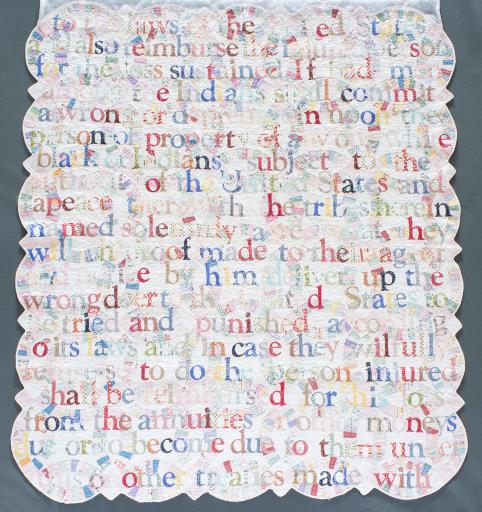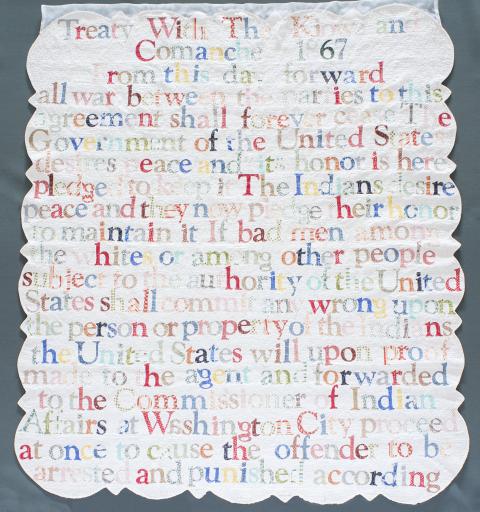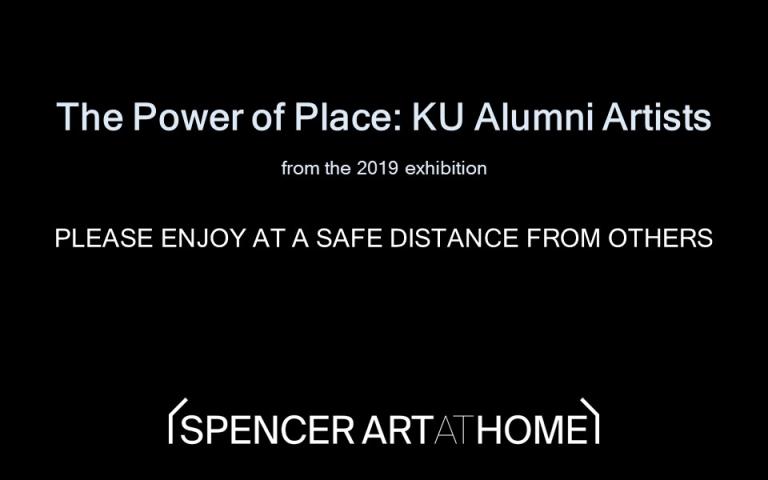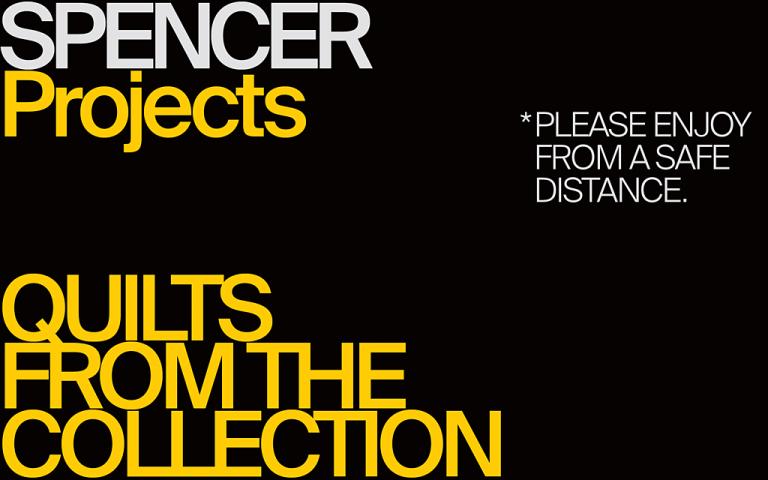Broken Treaty Quilt #5, Gina Adams
Artwork Overview
Gina Adams, artist
born 1965
Broken Treaty Quilt #5,
2014
Where object was made: Lawrence, Kansas, United States
Material/technique: cotton; calico; quilting; dyeing
Dimensions:
Object Height/Width (Height x Width): 210 x 186 cm
Object Height/Width (Height x Width): 82 11/16 x 73 1/4 in
Object Height/Width (Height x Width): 210 x 186 cm
Object Height/Width (Height x Width): 82 11/16 x 73 1/4 in
Credit line: Museum purchase: Gift of Roger Ward, B.A. 1976 in memory of Ralph E. (“Ted”) Coe; Peter T. Bohan Art Acquisition Fund and Judith M. Cooke Native American Art Fund
Accession number: 2015.0069
Not on display
If you wish to reproduce this image, please submit an image request









